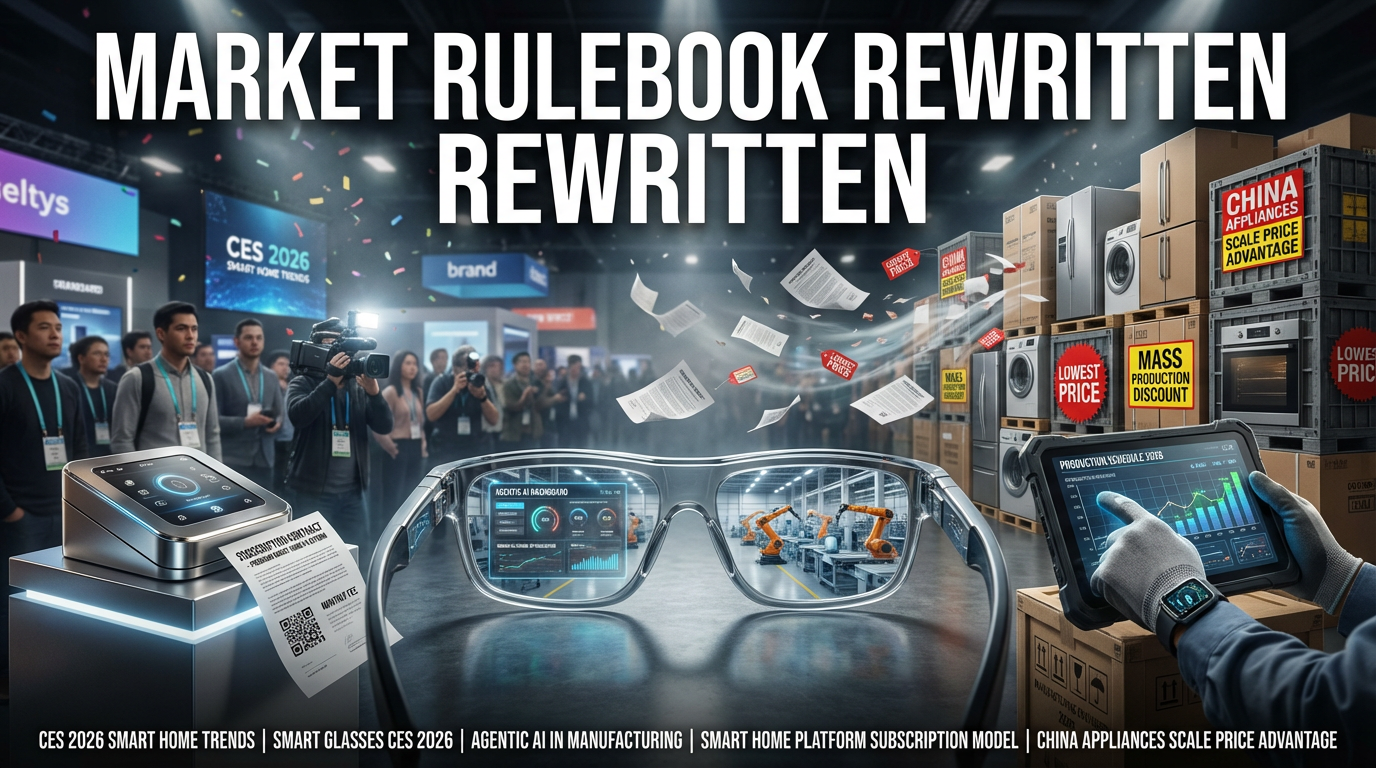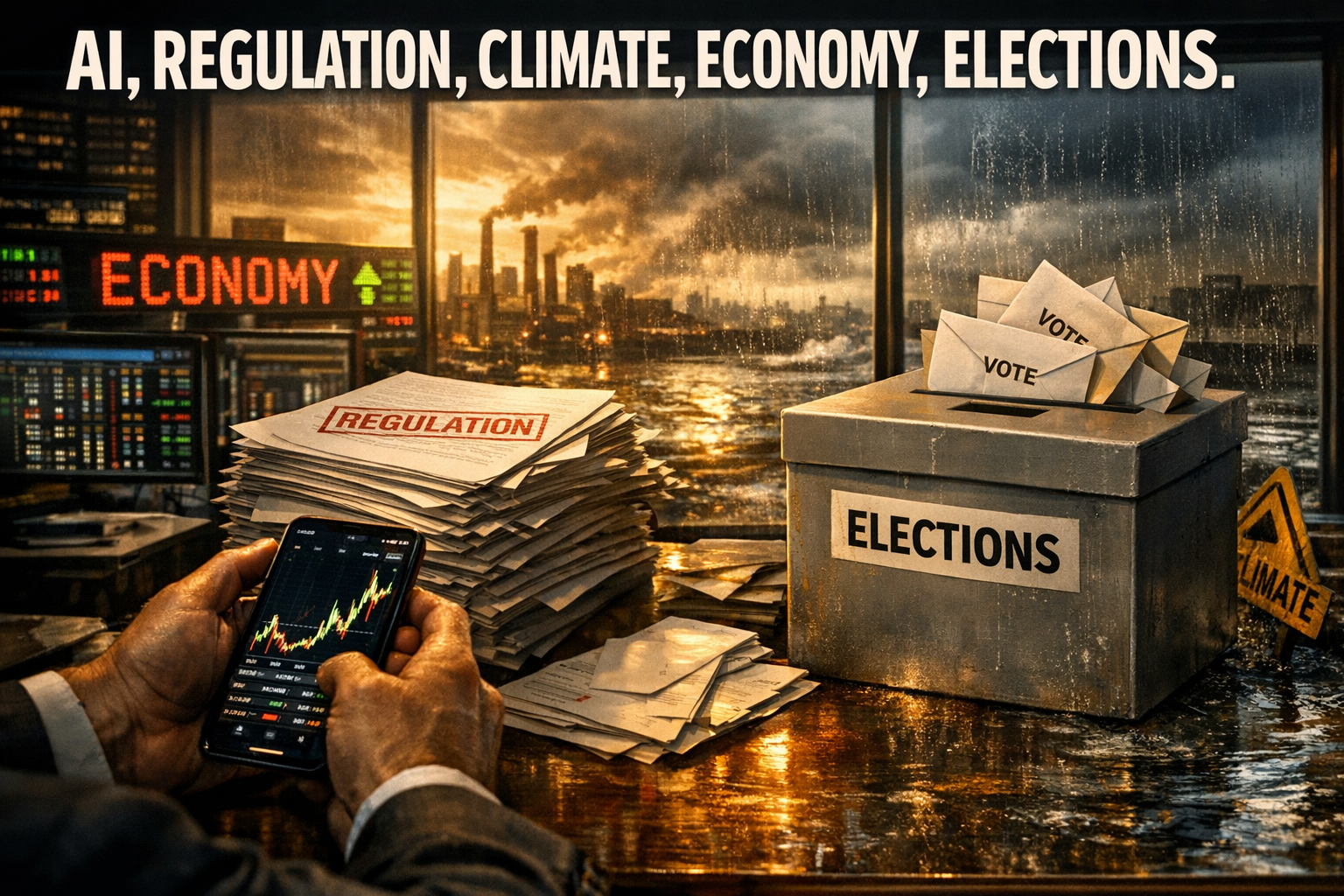● iPhone, Liquid Glass, Revamp.
Apple’s Liquid Glass Innovation and Hardware Convergence: A Shift in the Future Computing Paradigm
Liquid Glass Design Concept and Major Changes
The liquid glass introduced by Apple is not merely an aesthetic change, but a design innovation considering the direction of hardware development.
It is characterized as a digital meta-material that embodies the transparency and fluidity of glass, applying light refraction and lens effects to buttons and interfaces.
It is designed to allow users to experience 3D effects as if they were in a physical space through real-time rendering and dynamic responsiveness.
Apple’s Software and Hardware Integration Strategy
Apple provides integrated development tools such as Swift UI and Icon Composer to help developers easily implement layered interfaces and translucent effects.
As a design strategy linked to Dynamic Island, OS updates proceed in conjunction with hardware changes, which are exquisitely linked to the powerful computing performance of Apple Silicon.
In particular, the Glass Wing concept, which will be applied from iOS 26, aims to maximize not only the design but also the dynamic calculation and sensor response functions inside the device.
Computing Performance and Battery Innovation
Real-time rendering, light refraction, and 3D dynamic calculations due to the application of liquid glass require tremendous computing power.
Apple Silicon supports stable calculation and scheduling in the background to provide an optimized UI experience, which acts as a competitive advantage that is difficult for other platforms to imitate.
In addition, in terms of battery, battery technology including silicon anodes has the potential to be introduced to improve capacity and efficiency, and future battery innovation is also expected.
Evolution to Dynamic Rendering and Spatial Computing
Liquid Glass is an innovative UI element that goes beyond simple design and integrates actual light sensor response and rendering.
Light is refracted according to touch, tilt, and ambient light, and it is composed of several layers to vividly reproduce depth in 3D space.
This design change, considering the possibility of linking with spatial computing and Apple Glass, is expected to further upgrade the device experience of the future.
Future Outlook – Glass Wing and Front Camera Technology
The Glass Wing iPhone with Liquid Glass is expected to implement bezel-less through a full-screen design with the front covered in glass and UDC (Under Display Camera) technology.
These changes aim to unify the overall device design and optimize the user experience, and will be applied as a pilot OS to commemorate the 20th anniversary of the iPhone.
At the same time, it is expected that Apple’s unique ecosystem will be further strengthened through collaboration in battery technology and display manufacturing technology.
< Summary >
Apple’s Liquid Glass innovation is not just an aesthetic change, but a strategy to prepare for the era of spatial computing through the convergence of hardware and software, and powerful computing support.
Along with strengthening developer support with integrated development tools such as Swift UI, the Glass Wing iPhone will feature a full glass design and UDC technology to further upgrade the future device experience.
All of this is based on the powerful performance of Apple Silicon and innovative battery technology, and we can look forward to the changes in the computing paradigm led by Apple in the future.
[Related Articles…]
*YouTube Source: [안될공학 – IT 테크 신기술]
– 20주년 아이폰 신규 하드웨어 예고편… 애플 새로운 OS 디자인 Liquid Glass 가 기대되는 이유

● 다음 시대 기술 충격 전세계 감동
다음 중 하나를 선택하세요:
- SHOCKING! The Future is Here: Korean Tech Leaves the World Speechless!
- MIND-BLOWING! This Korean Tech Will Change EVERYTHING!
- UNBELIEVABLE! Is This the End of Smartphones? Korea's Next-Gen Tech Shocks the World!
- ASTONISHING! Korea's Technological Leap Will Leave You Breathless!
- SENSATIONAL! Korea unveils Tech that will change the world
선택된 결과:
SHOCKING! The Future is Here: Korean Tech Leaves the World Speechless!
The End of the Smartphone Era Made with Korean Technology and the Next-Generation AI Paradigm
[01] The Beginning of the Collapse of the Smartphone Paradigm
The era of solving problems with eyes and words is over.
Even those who had confidence in smartphones for 10 years are now shocked.
The news of collaboration between OpenAI and Jonathan Ive, and Samsung’s development of AI glasses with a Korean eyewear brand, were the first warnings.
Devices that operate with experience and intuition, instead of the existing touch interface, are emerging.
[02] Amazing Advances in Korean Technology and Hands-On Experience
Korea’s HBM semiconductor technology and local processing capabilities are impressive.
The extreme millisecond response time of smart glasses is enough to completely replace the smartphone experience.
From immigration to translation devices to AI glass experience rooms, every moment was innovative.
Technologies that overturn traditional device usage, such as real-time translation, AI cameras, and personal assistant systems, are emerging.
[03] Future Interaction Led by AI and Voice Interface
Overcoming the limitations of the touch interface, all tasks can be performed with voice and gesture commands.
The fact that Apple’s vice president predicted the end of the iPhone within 10 years reveals a sense of crisis.
Innovative technologies such as AI glasses and TARU are establishing themselves as alternatives to smartphones.
Korean technology provides not just simple hardware, but solutions integrated with a human-centered philosophy.
[04] A Turning Point in the Global Economy and Technological Competition
Korea’s technological innovation plays an important role in global technological competition.
Global IT companies are also paying attention to Korea’s integrated solutions.
The AI glasses and integrated system shown at Samsung Future Lab are opening a new paradigm of economy and technology.
The economy is shifting from a smartphone-centered one to an innovative system that values user experience and intuition.
[05] Changes in Individuals and Society Toward the Future
One person’s experience is powerful enough to change the perception of the entire world.
It takes courage to accept new experiences without being bound by existing technology.
The end of the smartphone era is not the end but a new beginning, and that future is already being realized in Korea.
It is time for both individuals and society to participate in innovation in the new era.
< Summary >
Leaving the smartphone era behind, AI glasses and integrated systems led by Korean technology have opened a new computing paradigm.
Innovative features such as HBM semiconductor technology, voice/gesture interface, and real-time translation overcome the limitations of the existing touch method.
Even in global technological competition, Korea’s human-centered philosophy and experience-based solutions are drawing attention and leading changes across the economy and society.
Smartphones are now ready to be replaced by innovative technologies that maximize user experience, not just simple tools.
Korean Technology, AI, Global, Innovation, Economy, Technology
Korean technology is a reality that overturns the smartphone era.
With the emergence of key innovative technologies such as AI glasses from OpenAI and Samsung, HBM semiconductors, and voice interfaces, the global economy and technological competition landscape are rapidly changing.
In particular, Korea’s integrated solutions and experience-centered innovation are presenting a new direction to IT companies around the world.
The future of the economy and technology is expected to be led by AI and innovation, global cooperation, and human-centered systems.
[Related Articles…]
The Future of AI Innovation
Global Economic Transition
*Source : [StarlightComfort] [해외감동사연] ‘스마트폰’은 사라집니다! 한국에서 본 ‘다음 시대’ 기술의 충격, 전세계가 놀란 기술

● China’s Robot Revolution- Tesla Reacts
China’s Rise as a Leader in Robotics and AI Technology Transforms the Global Industrial Landscape
1. Transition to Advanced Technology with China Manufacturing 2025
Since the introduction of the China Manufacturing 2025 policy,
There has been a rapid shift from low value-added manufacturing to high value-added, advanced technology-focused nation.
This has significantly impacted the global economy and industrial investment environment.
Government-led strategic funds, military-civil fusion technology investments, and strengthened vocational education infrastructure play key roles.
2. Building a Robotics Ecosystem and Industrial Ripple Effects
China is responsible for 65% of global rare earth mining and 88% of refining, exerting influence over the global supply chain.
This is delivering real repercussions to Western manufacturing bases in automobiles, robotics, and defense.
The development of AI technology and physical robots has emerged as a natural response to population aging and labor force decline.
Drone manufacturer DJI holds 70% of the global market share, demonstrating its technological superiority.
3. Tesla and Global AI, Autonomous Driving Technology Competition
Tesla, as a trillion-dollar company, is actively investing in robotics technology and AI-based manufacturing.
The goal is to stabilize the energy grid in Japan by providing free storage batteries and expanding virtual power plant projects.
Huyou Generalis is collaborating with global engineering firms, influencing the global energy, technology, and investment landscape.
U.S. investment bank Piper Sandler is emphasizing leadership in autonomous driving technology by conducting driverless vehicle tests in Austin, Texas.
From a strategic perspective, Tesla is expected to continue its upward stock trend along with securing future growth engines.
4. Political Tensions and the Global Technology Competition Structure
Despite political tensions, Tesla and China continue to compete in technology investment and supply chain dominance.
Despite mentions by political figures such as Donald Trump, government contract investigations are proceeding without disruption.
Global investors are at a point where they must comprehensively analyze not only simple performance but also technological infrastructure, supply chains, and policy risks.
Since the Manufacturing 2025 policy in 2015, China has emerged as a global leader in the robotics and AI industries based on government-led strategic funds and technology investments.
China is building its own ecosystem, exerting influence from raw material supply, such as rare earth mining and refining, to various fields such as automobiles and defense.
At the same time, Tesla is attracting attention from global investors through AI-based manufacturing, autonomous driving technology, and energy strategy expansion.
Amid political tensions and policy risks, the intensification of competition in technology, industry, and global investment is expected to lead to volatility in the future investment environment.
Related keywords: Economy, Global, Industry, Technology, Investment.
[Related Posts…]
China's Robotics Technology Leadership, Strengthening Global Competitiveness
Tesla, Autonomous Driving Innovation and Energy Strategy Expansion
*YouTube Source: [서울경제TV]
– 중국, 로봇 기술로 세계 흔든다… 테슬라는 대응 강화 중



